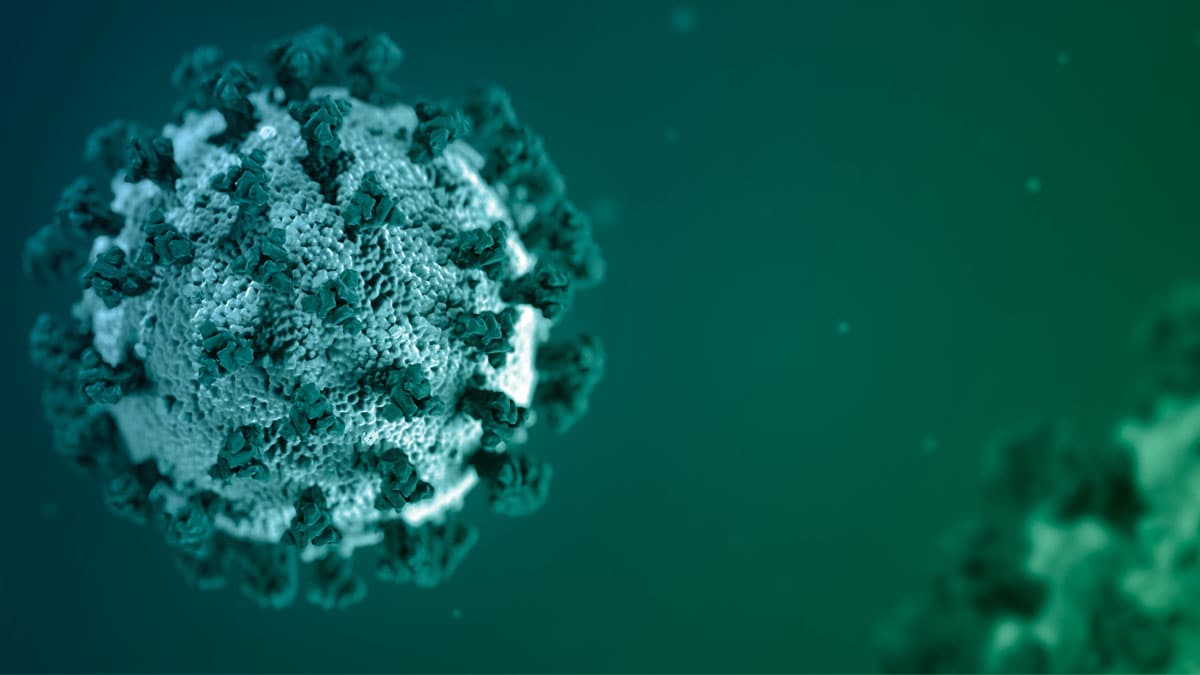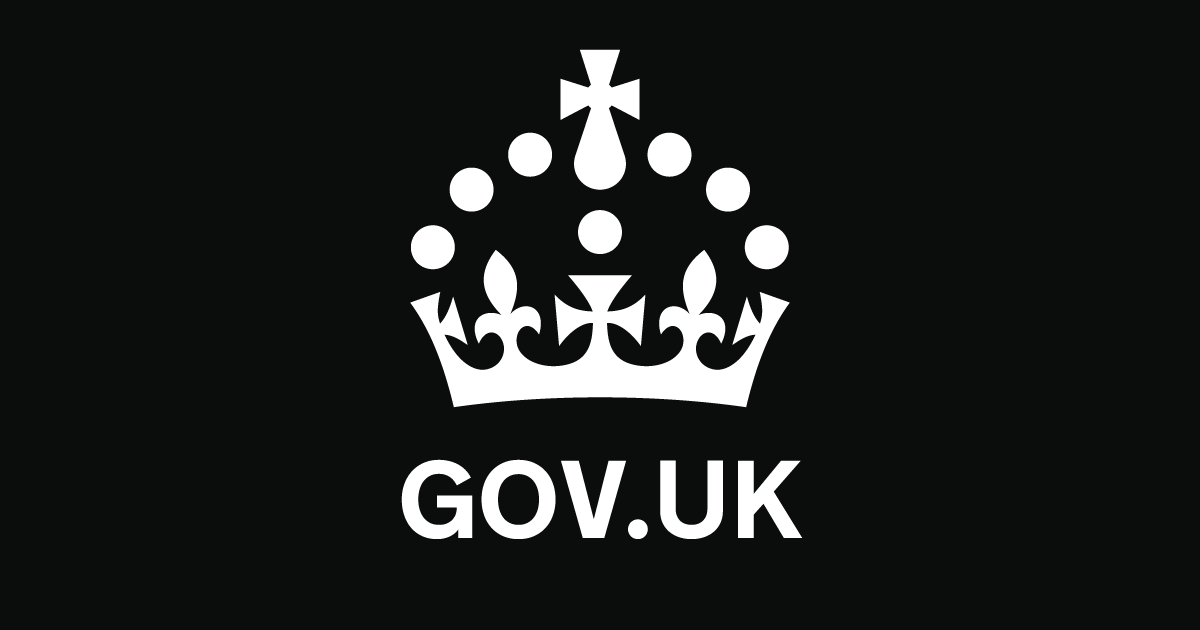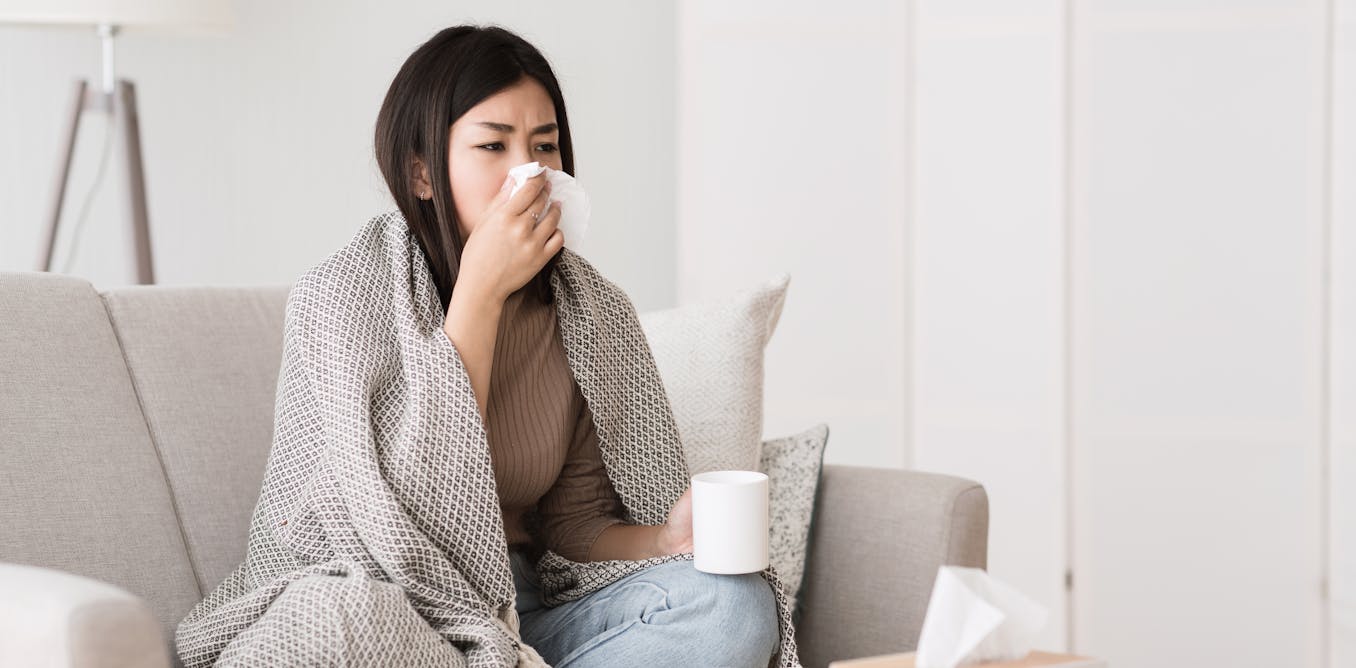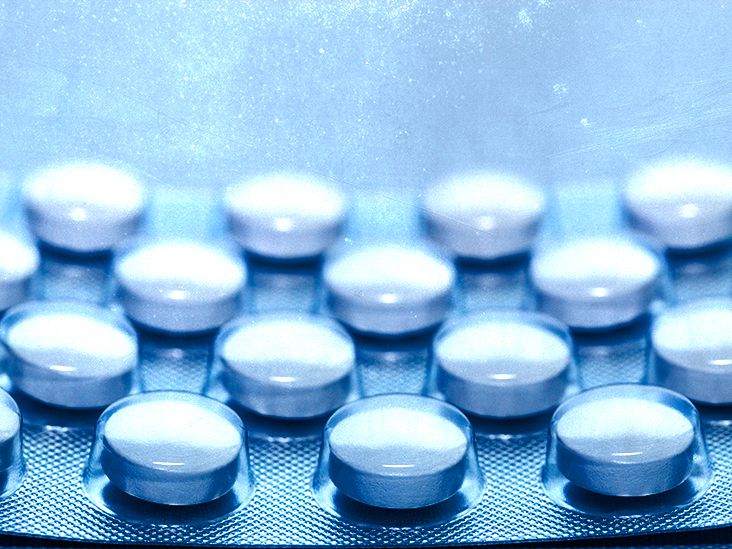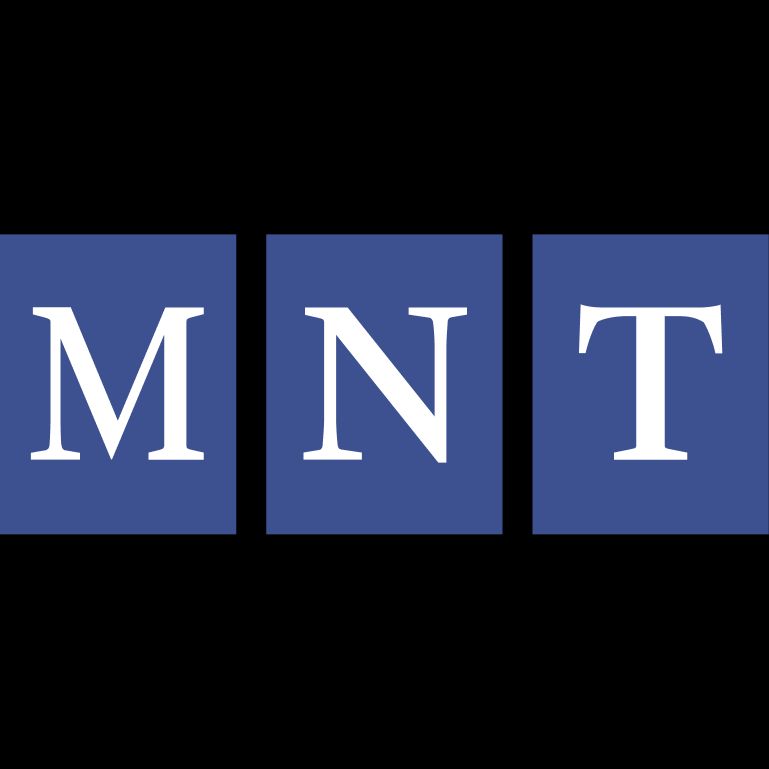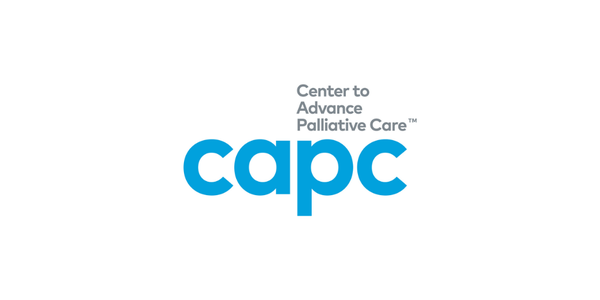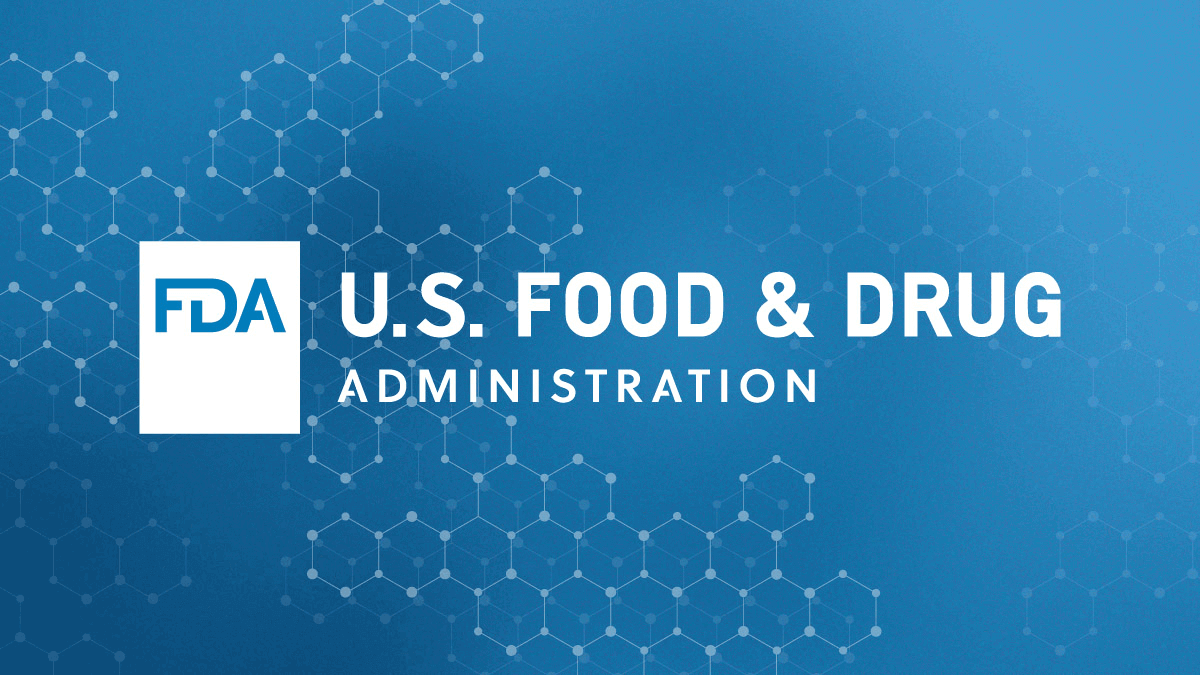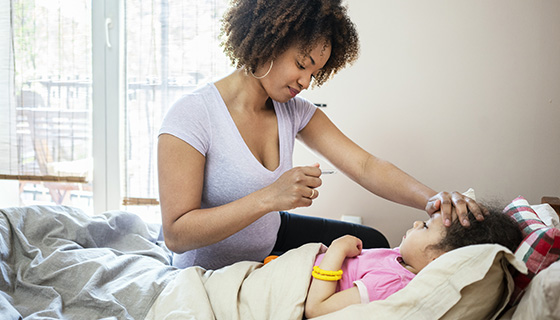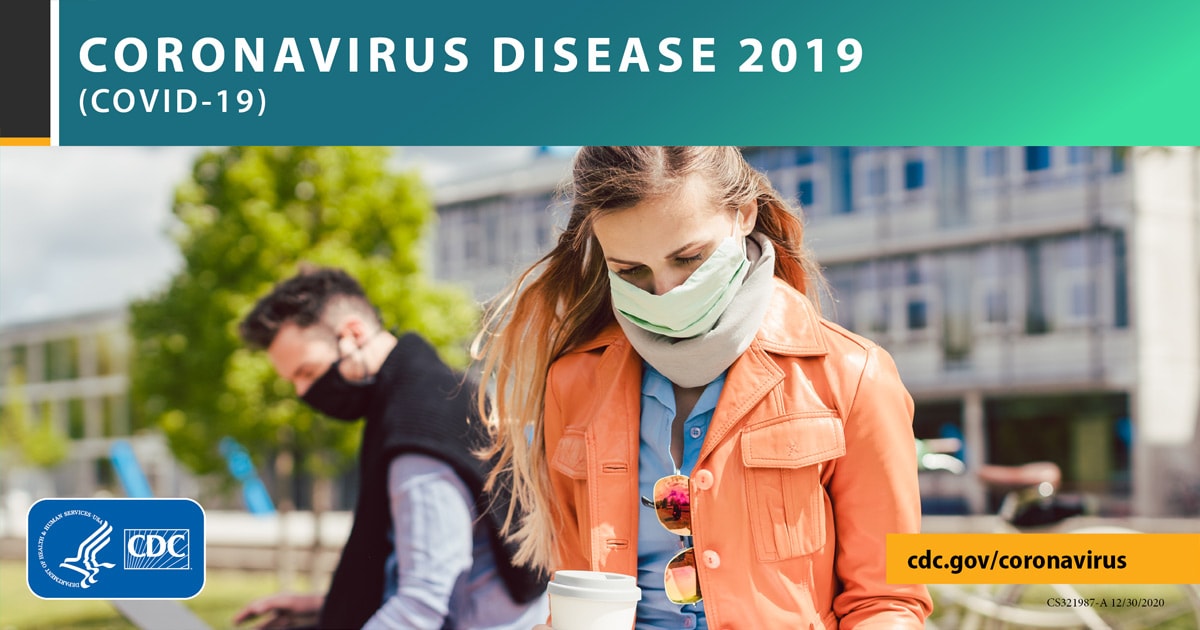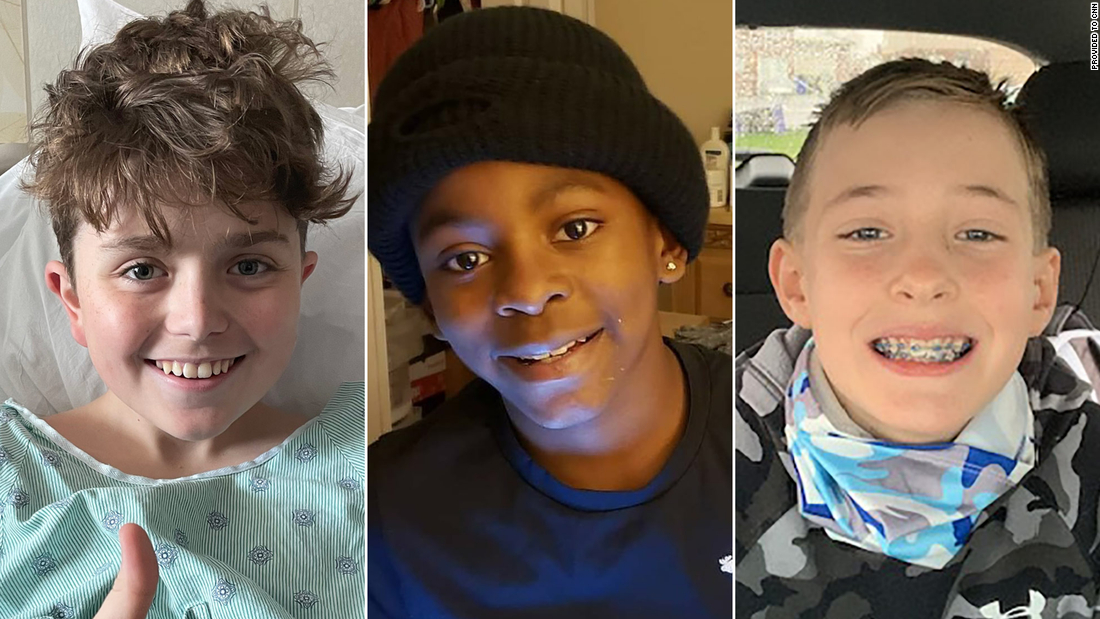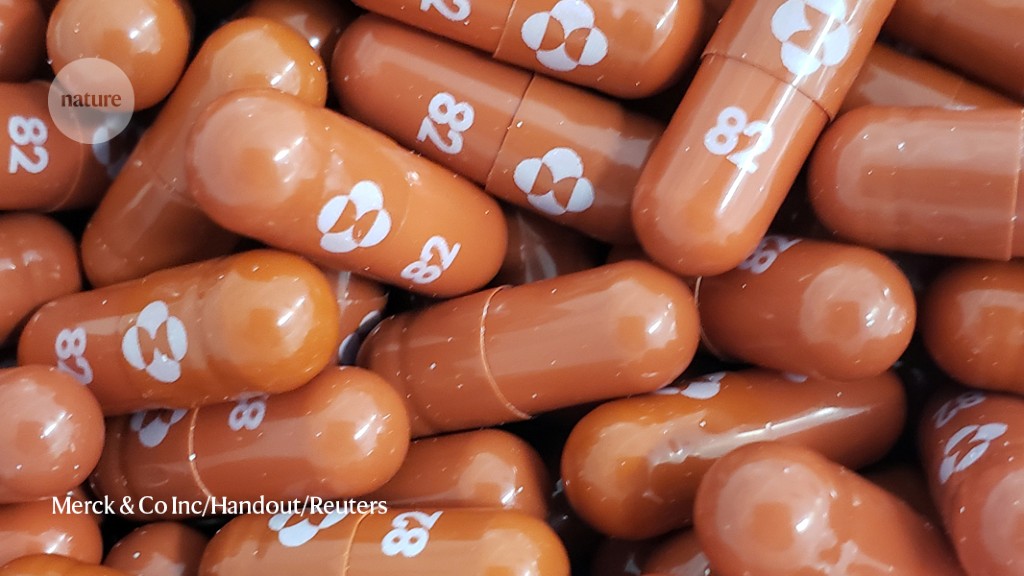Right, so it is possible to get Covid twice, especially now with the mutated variants.Good morning Tom,
Forgive me if you already know the below information. I know you run the other COVID thread.
re: your question
What the studies I've seen (as well as the real world observations) seem to show that it is possible for people to get reinfected with COVID-19. There are some slightly different scenarios though.
Last year when COVID-19 was emerging (and there were no vaccines), there were literally only a handful of documented cases (less than 50 cases worldwide) of people being reinfected with the virus. This did include some deaths in that group (if they had other concomitant illnesses e.g. immunocompromised etc).
But this year, there are more documented cases of reinfection. The reason, I believe, is because of variants. The virus has become sufficiently different, so as to reduce the effectiveness of both vaccines (to the original COVID-19), as well as those who have been unvaccinated. This is why in fully vaccinated people, there are cases of "breakthrough" infections.
But there is a big difference between the above two groups. "Breakthrough" infections are not very serious in those who are 2 weeks post their second vaccination ie. there is way less admission to hospital/ICU/endpoint of death in this cohort and they limit spread to others because they don't get the high concentrations of virus in their system and aren't sick for as long as "first-timers".
To use an analogy, having a vaccination is like using a safety belt in a car. Just like vaccinations, safety belts occasionally kill people e.g. if they get jammed and people get stuck in a burning/sinking car. However, overall, safety belts will save more people if used. People dying from a safety belt is not a reason NOT to use it. And of course, the "benefits" of using a safety belt will be more advantageous if you are driving on a freeway (c.f. exposed to more people in a city). Taking the analogy further, safety belts that were made in the 1960s will still save your life in a lot of accidents, but using a current safety belt that has pretensioners and made of better material, will better protect you and give you a better chance of survival.
Stay safe, bro!
I do wonder when the mutations will stop. Or will we continue to see new variants?
I mean, one would think it will stop at one point?


